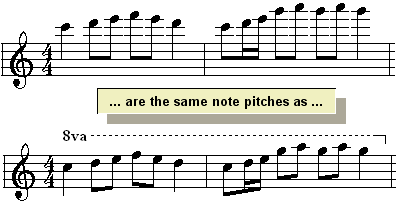

(1) The Manifesto reflects a growing movement in the English-speaking music theory community at large towards a more culturally inclusive, less technical, and more market-driven curriculum.

In part due to such difficulties, some critics, like the authors of the 2014 Manifesto published by the College Music Society, would prefer to see the chorale’s role downplayed in music theory curricula. Yet one often hears complaints from students and colleagues alike that chorale harmonization remains a vexing and exasperating process. Chorale harmonization has been an integral part of Western musical training for over two centuries. Stölzel’s Kurzer und gründlicher Unterricht (Brief and Thorough Instruction)
Sample Chorales Harmonized with Stölzel’s Method. Systematic Investigation of Stölzel’s Method. Stölzel’s treatise thus has both historical and practical value, since his method of chorale harmonization can provide welcome guidance for today's students and pedagogues.Ĭopyright © 2020 Society for Music Theory He does so by explaining various dissonant intervallic constellations in terms of the traditional terms “agent” and “patient,” which describe the two voices involved in a dissonant syncopatio. In the second half of the treatise, Stölzel uses thoroughbass to describe not only harmony, but also counterpoint. Stölzel’s method frames speculative theory ( trias harmonica and the tabula tradition) practically in terms of thoroughbass in order to provide simple instruction on how to invent the bass and middle voices to an original chorale melody. KEYWORDS: chorale harmonization, German Baroque, translation, trias harmonica, thoroughbass, counterpoint, pedagogyĪBSTRACT: This article provides the first English translation of a little-known manuscript treatise by the central-German composer and Capellmeister, Gottfried Heinrich Stölzel (1690–1749), titled Kürzer und gründliche Unterricht (Brief and Thorough Instruction, ca. 1719–49).






 0 kommentar(er)
0 kommentar(er)
